Tag: reading
-

Biology (Bee Book) Units 1 & 2 Reading Guides
Unit 1 and 2 Reading Guides for Miller and Levine Biology (Bee Book). Google Doc versions that can be shared on learning platforms.
-
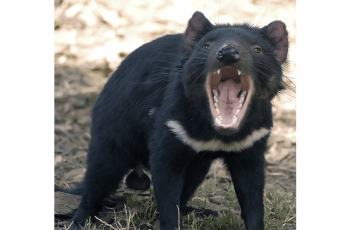
Devils, Chromosomes and Cancer
This is a good follow-up activity to the Tasmanian Devil Karyotype, where students examine how the chromosomes of cancerous cells can be altered. It is a short read about a transmissible cancer found in Tasmanian devils which causes facial tumors. This cancer, known as is has already killed 85% of the overall population and threatens…
-
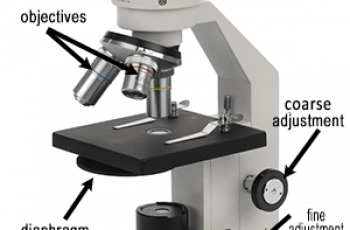
Microscope Introduction – Basic “e” Lab
This lab is similar to the “e” lab used with freshman biology, but designed for students in the vocational track. It has less reading and more detailed steps for using the microscope as well as a larger font and bigger spacing.
-
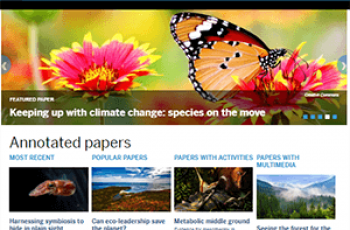
Science News Articles for Kids
Are you looking for current science for your students? This is a list of go-to sources for reliable science news.
-
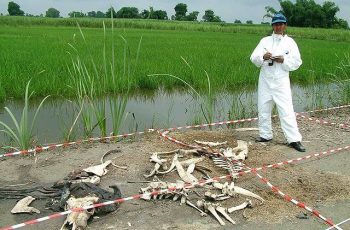
Article: The Body Farm
This article has been adapted to model standardized test questions students, where the article is divided into columns and each paragraph is labeled with a number. Students are required to find information in the text and analyze text structures. Readers are asked to used context clues to understand difficult vocabulary. Students must also make…
-
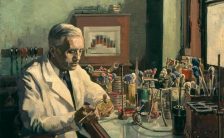
Scientific Method in Action
This simple worksheet has two reading passages, similar to what students may see on state standardized science tests. Students read a short description of a science experiment and must answer questions related to science methodology, such as identifying controls and variables and summarizing conclusions that can be drawn from the text. The two stories are…
-
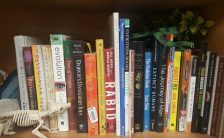
Maintaining a Science Library
My classroom has a collection of science themed books that are not textbooks that I periodically share with my students. For example, when discussing biochemistry at the beginning of the year, you will find a copy of the Poisoner’s Handbook on my desk, with several post-it notes attached. Students are curious about the…
-
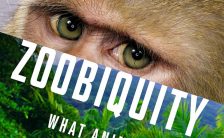
Zoobiquity – Review and Discussion Questions
I try to read at least one non-fiction book per year to try to keep myself up to date and inspired with new knowledge and advances in medicine. I have a classroom set of “Stiff” that I require my AP Biology students to read during the unit on anatomy. Recently, in a graduate class…
-
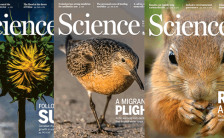
Summarizing Articles with a Framing Guide
Students read scientific articles or journals and write a summary using this framing guide. Essays ensure students have read and understood the content.

